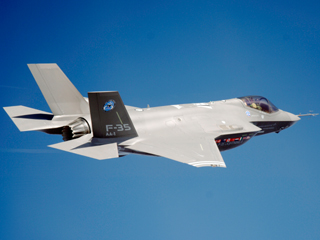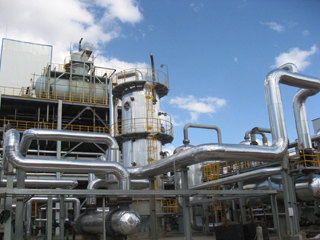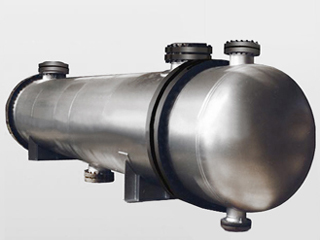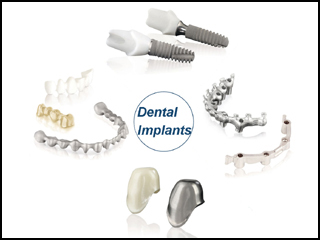Product Category
- Titanium Welded Tube and Pipe
- Titanium Seamless Tube and Pipe
- Titanium Pipeline and Fittings
- Titanium Plate, Sheet, Strip, Foil
- Titanium Clad Materials and Tube Sheet
- Titanium Bar and Rod
- Titanium Forging, Flange, Disc, Ring,Target
- Titanium Casting
- Titanium Dish End
- Titanium Wire and Welding Wire
- Titanium High Purity Materials
- Titanium Basket and Mesh
- Titanium Fasteners and Precision Parts
- Nickel, Hastelloy, Monel, Incoloy, Inconel
Add: No.188, Zhangyang Road, Pudong District, Shanghai 200120, China
Tel: +86-21-51860722
Fax: +86-21-51862632
E-Mail: info@ltmti.com
Skype:ltmtigroup
Tel: +86-21-51860722
Fax: +86-21-51862632
E-Mail: info@ltmti.com
Skype:ltmtigroup

Home > Titanium Applications
Titanium is a chemical element with the symbol Ti and atomic number 22. It has a low density and is a strong, lustrous, corrosion-resistant (including sea water, aqua regia and chlorine) transition metal with a silver color.
Titanium was discovered in Cornwall, Great Britain, by William Gregor in 1791 and named by Martin Heinrich Klaproth for the Titans of Greek mythology. The element occurs within a number of mineral deposits, principally rutile and ilmenite, which are widely distributed in the Earth's crust and lithosphere, and it is found in almost all living things, rocks, water bodies, and soils. The metal is extracted from its principal mineral ores via the Kroll process or the Hunter process.
The two most useful properties of the metal form are corrosion resistance and the highest strength-to-weight ratio of any metal. In its unalloyed condition, titanium is as strong as some steels, but 45% lighter. There are two allotropic forms and five naturally occurring isotopes of this element, 46Ti through 50Ti, with 48Ti being the most abundant (73.8%).
Titanium can be alloyed with iron, aluminum, vanadium, molybdenum, among other elements, to produce strong lightweight alloys.
Titanium Applications:
1, Aerospace Applications: aircraft, spacecraft, Jet Engines, Airframes;
2, Industrial Applications: Nuclear Power Generation, Chemical Processing, Chlor-Alkali, Petroleum, Desalination plants, pulp and paper, etc;
3, Emerging Applications: Geothermal Power;
4, Consumer and Architectural: automotive, racing motorcycle, bicycle,glasses,cookware, eating utensils, horseshoes,
shovels and flashlights,watch, jewelry,mobile phones, body of laptop computers (for example,in Apple's PowerBook);
5, Medical Industry: orthopedic implants, dental implants;
6, Sporting Goods: tennis rackets, golf clubs, lacrosse stick shafts; cricket, hockey, lacrosse, and football helmet grills;











